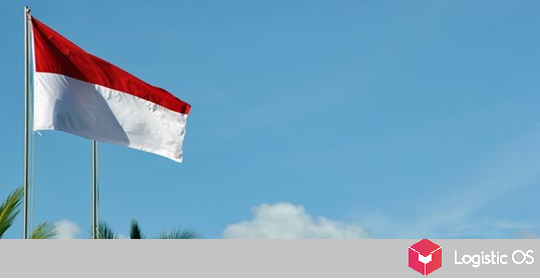Sanctions encourage Russia to find new buyers for agricultural products. The main deliveries go to Asia, Africa and the Middle East.
Despite all the difficulties that arise, including with making payments due to restrictions in the banking system, as well as with logistics, Russia still manages to increase the volume of agricultural exports.
For example, since the beginning of 2022, its volumes have grown by about 14% when compared with the same period of the previous year. Such data are provided by the Ministry of Agriculture.
Which industries are growing the most?
The volumes of exports of Russian products are increasing to the greatest extent in the oil and fat, meat, dairy, and grain sectors.
According to the Rosselkhoznadzor, the volume of export of grain processing products increased by 72%, and flour — four times.
In addition, the export of cereals increased by 42%.
Who are the main buyers?
This year, Russian exporters are faced with the need to expand the geography of deliveries, and this issue has become very acute, especially given the record grain harvest in Russia.
As a result, a network of attaches was created who are looking for ways to add new countries to the list of those to which Russia supplies its agricultural products.
As a result, this year it was possible to add another 22 types of products, which Russia can now supply to an additional 13 countries.
One of the countries that is interested in expanding the volume of grain imports from Russia is Saudi Arabia.
Currently, the possibility of supplying certain types of wheat is being coordinated, after which exports may well be increased.
Similar work is being done with China.
We have already managed to agree that Russia has the right to supply spring wheat and barley to the PRC from all of its territory.
Details are now being negotiated to ensure that these crops have unimpeded access to the Chinese market.
In addition, it is planned to «open China» for corn, rice and rapeseed, also from all over the Russian Federation.
But that’s not all: it is also planned to agree on access to the Celestial Empire for several types of cereals, for example, semolina and millet, as well as rye flour.
At the same time, similar work is being carried out with Vietnam, and we have already managed to agree on and even begin exporting Russian wheat there.
Thus, despite all the difficulties and restrictions, the export of agricultural products from Russia not only does not fall, but, on the contrary, expands.
Having now worked to find new markets, the Russian Federation will most likely be able to strengthen its position in the world market and diversify supplies.

